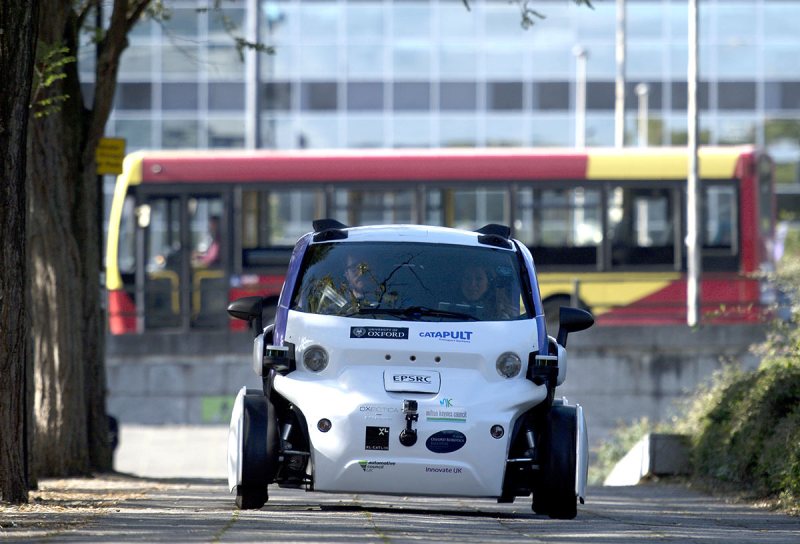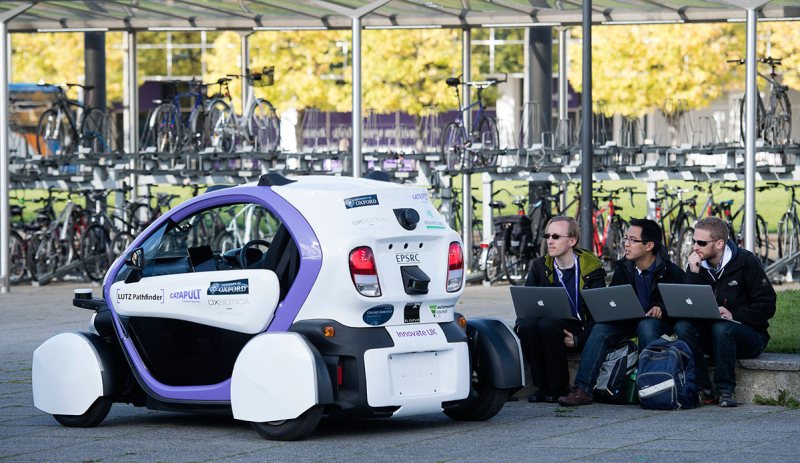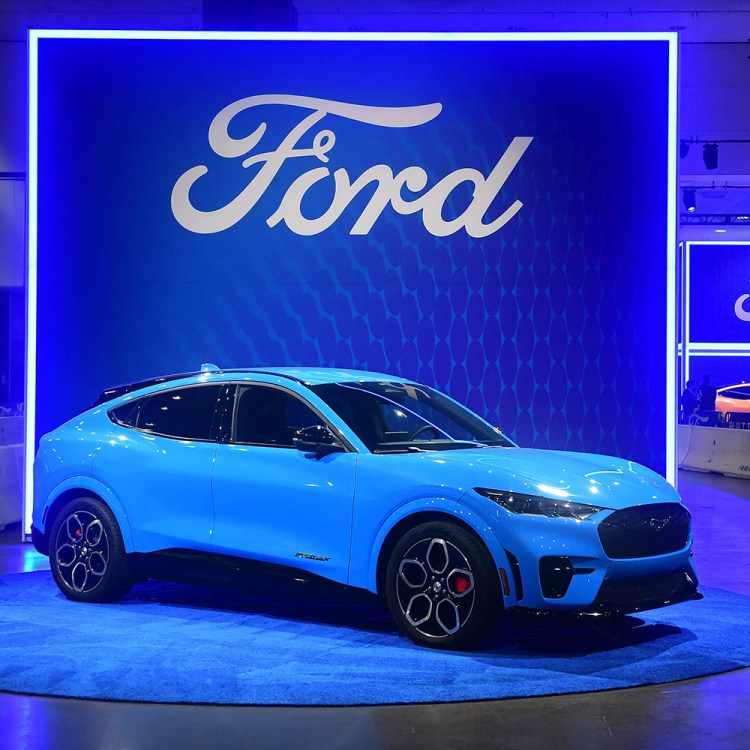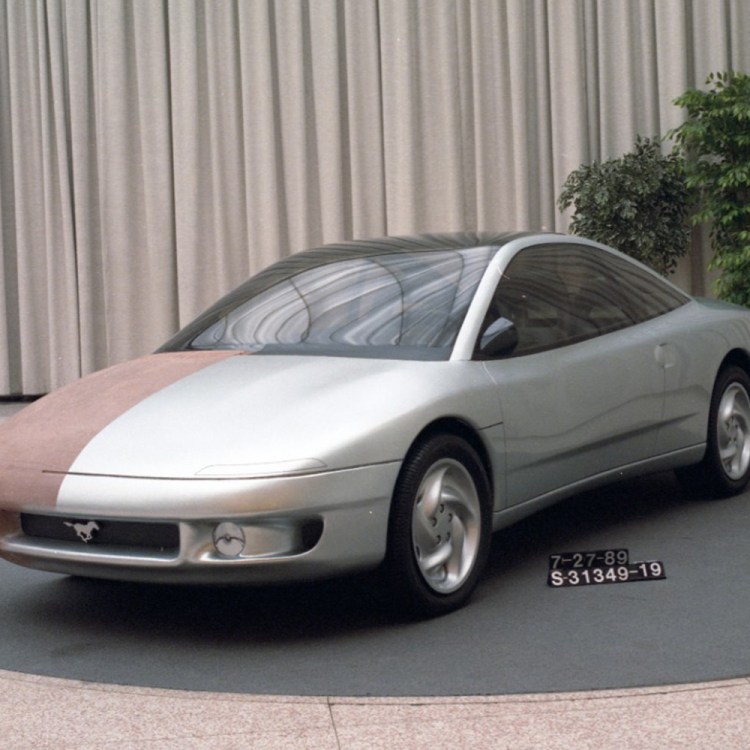
Driverless vehicles carrying passengers took to Britain’s streets for the first time in a landmark test which could pave the way for their introduction across the U.K.
The compact two-seater cars traveled along a pedestrianized zone located north of London in Milton Keynes in a trial by Transport Systems Catapult (TSC), which plans to roll out 40 vehicles in the city.
Neil Fulton, programme director at TSC, said it represented a “major milestone” for autonomous vehicles in Britain: “This is the first time that a self-driving vehicle has been tested in a public place.”
Although the system is currently only being tried on pedestrianized streets at speeds of around five miles per hour, Fulton declared that self-driving cars on British roads “are not that far away.”
(Justin Tallis/AFP/Getty Images)
The “Selenium” autonomy software running the vehicle, which was developed by Oxford University’s Oxford Robotics Institute and its spinoff company Oxbotica, uses data from cameras and lasers to navigate the route. Unlike existing systems, the technology does not rely on GPS.
“On the face of it, it is another autonomous car, but under the hood, how it does what it does is very different from what others are doing,” said Ingmar Posner, who leads the Oxford Robotics Institute along with Paul Newman. He explained that the vehicle “experiences its environment and interprets what it sees around it in the context of what it has seen before.”

Posner said the system could be integrated into “anything that moves”, from cars and buses to forklifts and golf carts.
“The cameras peer out at the world,” elaborated Newman, a professor at Oxford University’s department of engineering. “They take pictures of the world and the software compares those pictures with what it knows it should look like.”
Britain’s Business and Energy Secretary Greg Clark hailed Tuesday’s trial as “a ground-breaking moment”: “The research that underpins the technology and software will have applications way beyond autonomous vehicles.”
The technology will also be tested in London’s Greenwich borough next year.—Relax News
Below, see TSC’s animation of the future of driverless cars.
This article was featured in the InsideHook newsletter. Sign up now.























